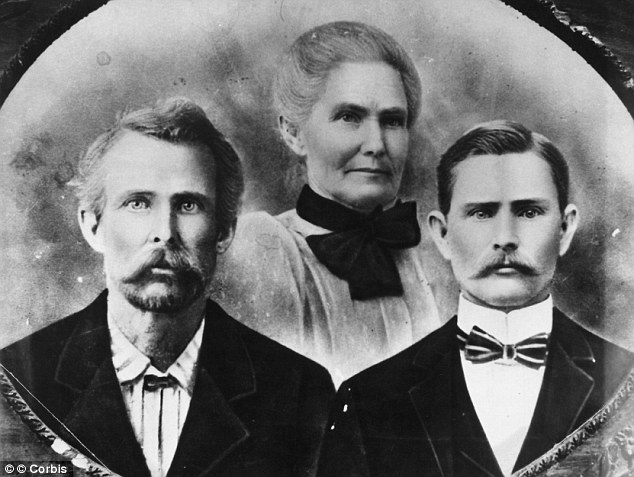CHOOSING THE UNKNOWN SOLDIER
Younger walked into the city hall at Châlons-sur-Marne, France, and gazed upon the four identical caskets that lay before him. He felt “overwhelmed” as he selected the Unknown: “I took the flowers and advanced to the little temporary shrine through a line of French troops. I entered the door … and stood alone with the dead…. For a moment I hesitated, and said a prayer, inaudible, inarticulate, yet real. Then I looked around. That scene will remain with me forever. Each casket was draped with a beautiful American flag…. I began a slow march around the caskets. Which should it be? Thoughts poured like torrents through my mind. Maybe these buddies had once been my pals. Perhaps one of them had fought with me, had befriended me, had possibly shielded me from a bullet that might have put me in his place. Who would even know?”
On November 11, 1921 the body of the unknown soldier picked by Sergeant Younger was removed from the capital rotunda where it had been lying in state and placed on a horse drawn caisson to be taken to Arlington National Cemetery. Presidents Warren G. Harding, former President Woodrow Wilson, Vice President Calvin Coolidge, the justices of the Supreme Court and General Pershing were in attendance. Along with other dignitaries and foreign representatives. President Harding awarded the Medal of Honor to the unknown soldier. A British representative awarded him the Victoria Cross and a Belgian took his own medal of valor off of his chest and gave it to the dead soldier. Chief Plenty Coups, a Crow Indian, placed his war bonnet and coup stick next to the soldiers tomb. President Harding led everyone in the Lord's Prayer. A salute was fired, taps was played, and the soldiers body was lowered into the tomb. The tomb would bear the inscription: "Here Rests In Honored Glory An American Soldier Known But To God". As long as the U.S. exists a guard from the 3rd Infantry Regiment, (The Old Guard) will be keeping watch.
Sergeant Younger was so humble that he rarely spoke of his role in selecting the Unknown Soldier. He worked at the Post Office and a Washington Post reporter tracked him down in Chicago. He told the reporter that he always wanted to visit the Tomb of the Unknown soldier but on his post office salary he couldn't afford to go. On Memorial Day 1930 the Washington Post paid for his trip to Arlington. In his uniform he was photographed placing roses on the tomb. Sergeant Younger was born in 1898 and died of heart disease in 1942. Over the years an unknown soldier from WW2, Korea and Vietnam were buried next to our original unknown soldier. In the 1990's the remains of the Vietnam Unknown Soldier was identified by DNA as Air Force Lt. Michael Blassie. He was disinterred and buried at Jefferson Barracks National cemetery Missouri in 1998.




Comments
Post a Comment